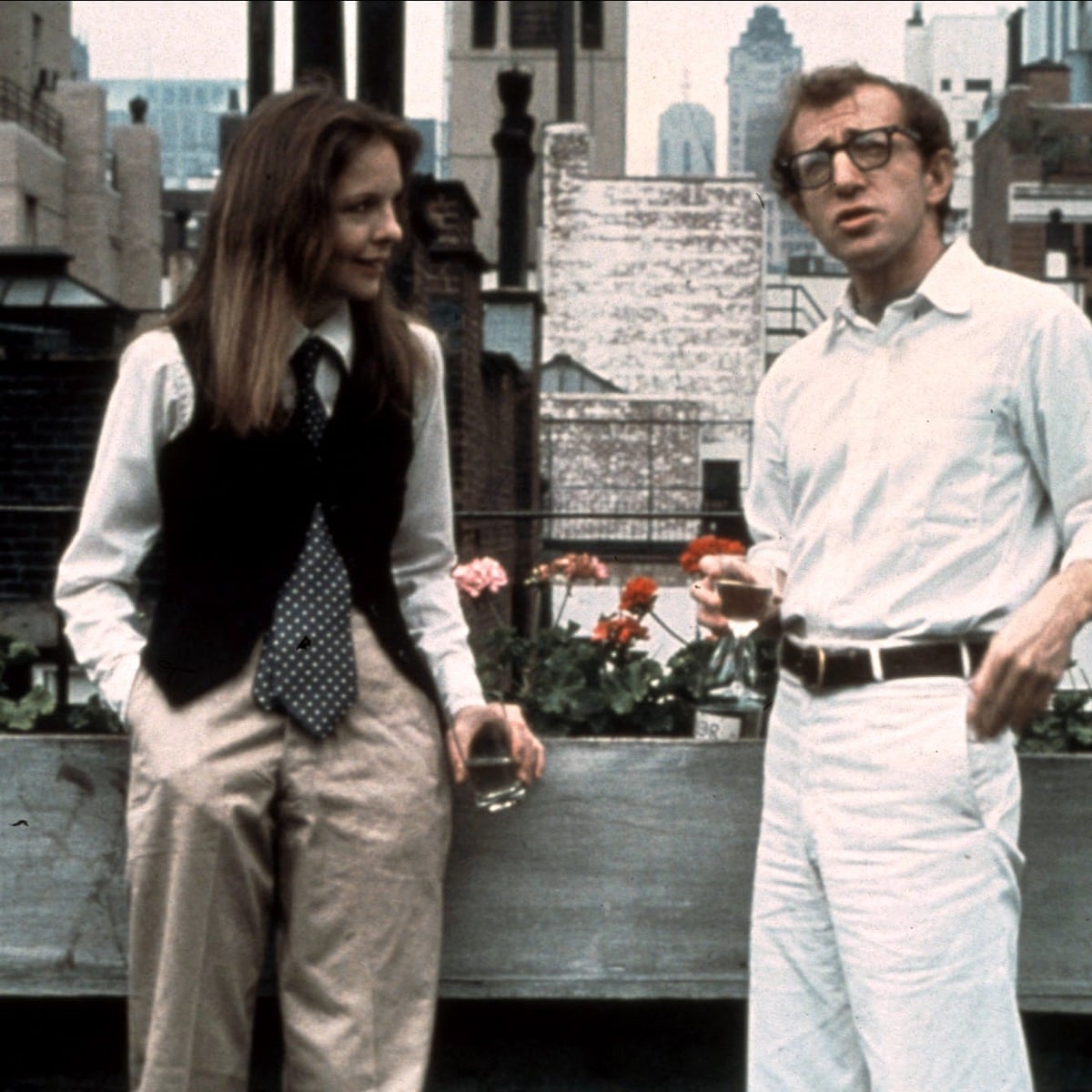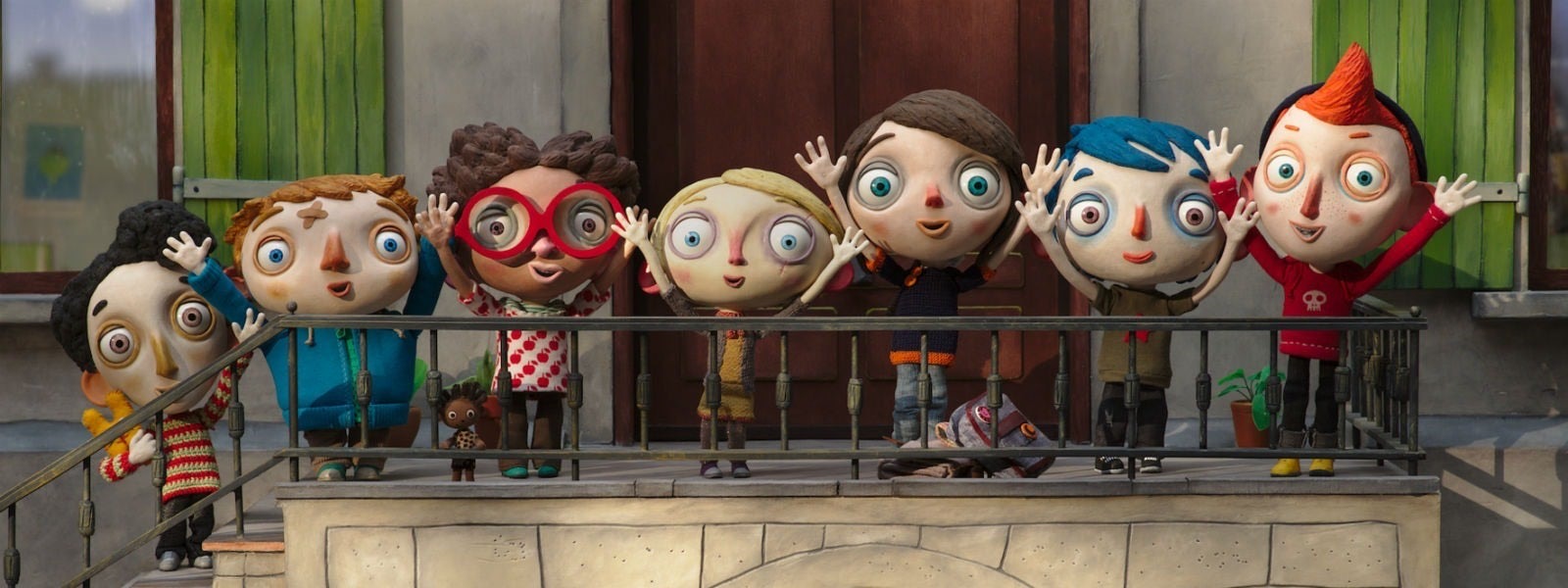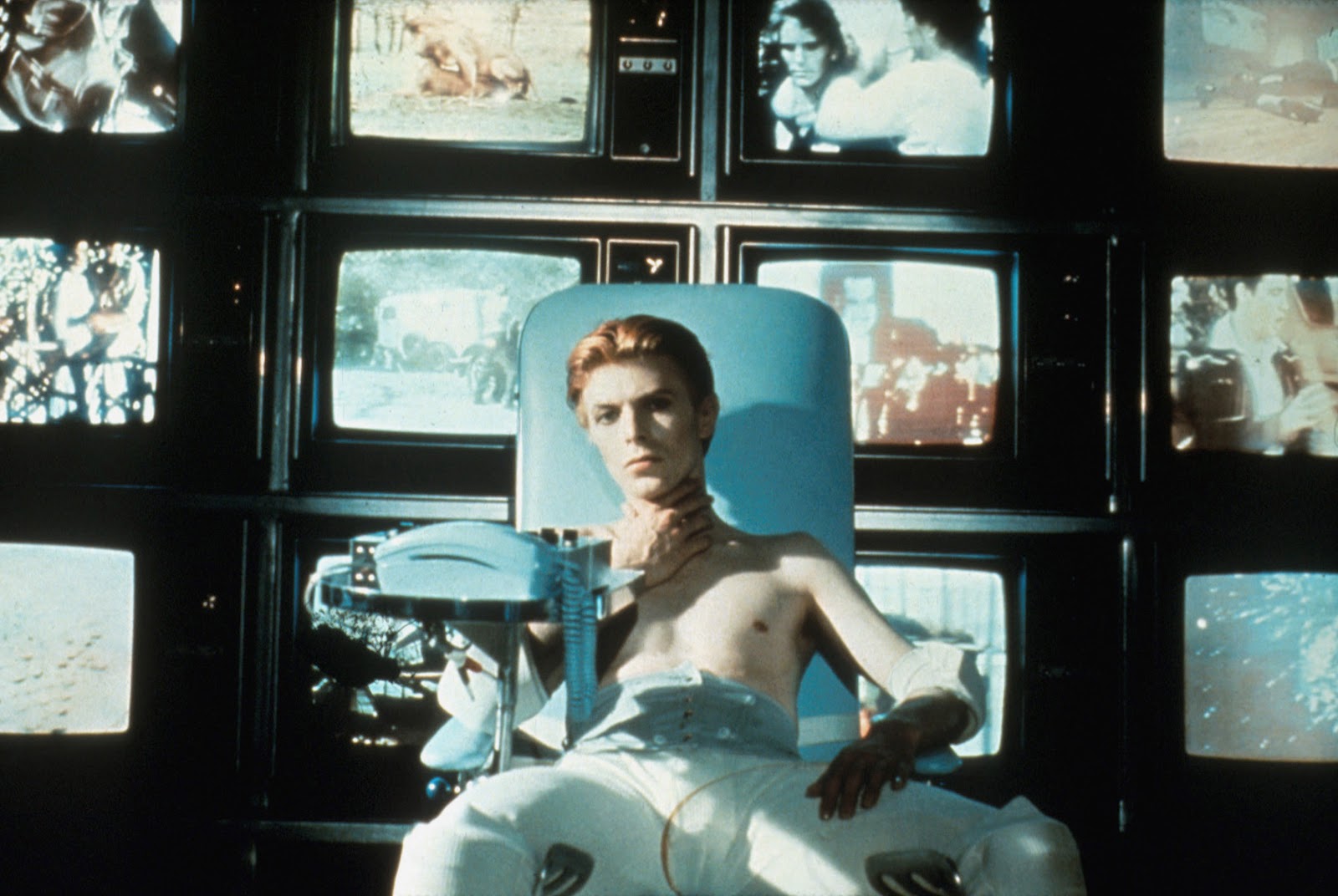Year: 1979
Director: Abel Ferrara
Screenplay: Nicholas St. John
Starring: Abel Ferrara, Carolyn Marz, Baybi Day, Harry Schultz, Allan Wynroth
Running Time: 101 minutes (96 minutes theatrical release)
Genre: Drama, comedy, horror
New York City, the late 1970s: Reno Miller (Ferrara) is a struggling artist who lives with his girlfriend Carol (Mark) and her lover Pamela (Day), in a cramped, cluttered apartment. Reno is working on a painting that will make him a lot of money, providing that Dalton (Schultz), the gallery owner who commissioned the piece, likes it. Unable to pay his rent or bills, Reno knows full well that this is really his one chance, but is overcome with anxiety that he is reluctant to actually finish the piece. To make matters worse a punk band have moved into the flat next door and practice loudly day and night. Desperate for some peace and time to think, Reno takes to wandering the New York streets, where he becomes disgusted by the large numbers of people living on the streets, and terrified that he may very soon be joining them. Eventually Reno snaps, and takes to the streets armed with a power drill, embarking on a killing spree targeting the unhoused population of New York.
After spending the 1970s making short, experimental films and a pornographic film, this marked the (relatively) mainstream debut of controversial auteur Abel Ferrara who becomes something of a cult figure in the '80s and '90s with exploitation films such as Ms .45 (1981), more mainstream crime dramas such as King of New York (1990) and The Funeral (1996), the hugely controversial Bad Lieutenant (1992), as well as science-fiction horror film Body Snatchers (1993), and bizarre vampire film The Addiction (1995). More recently he has turned to making more experimental films in Italy and documentary features. Those coming to The Driller Killer expecting grisly thrills may be disappointed because, while it is violent and gruesome, it isn't really as gory as the title and advertising promise, with the exception of a couple of very gruesome scenes, including a notorious scene where one unfortunate gets drilled in the head. It's also a long time before any murders are committed. Before then there are long rambling arguments and discussions, and a lot of punk music, as well as a gratuitous lesbian shower scene. There are a lot of scenes of the band playing, and you could take out all the murders and have, basically, a punk comedy-drama. This is an obviously very low-budget film filmed in an almost documentary style on the streets of New York, with much of the dialogue being so badly delivered and recorded that it is difficult to make out what the characters are saying. Ferrera is a very good visual director and there are some scenes of unexpected beauty, and his talent does shine through at several points. However, acting is not one of his skills. Ferrara plays the lead role (under the pseudonym of Jimmy Laine) and seems to be spending the film doing a Robert De Niro impression. The rest of the performances can be politely described as enthusiastic, with Carolyn Marz delivering by far the best performance. The film does work as something of a time capsule of the underground scene in late 1970s New York. Unusually for a horror film, Reno Miller's main trigger for his rampage is his financial woes rather than sexual frustration, also unusually almost all of his victims are men. When it comes to the female characters it is left unclear whether he attacks them or not. The Driller Killer does have it's unexpected place in film history due to it being almost singlehandedly responsible for the notorious "video nasty" scare in Britain in the 1980s. Not the film itself but the gruesome VHS cover which depicted a close-up of the head drilling scene and the charming tagline "The Blood Flows in Rivers... And Still the Drill Keeps Tearing Through Flesh and Bone." When this appeared in video trade magazines in the early 1980s, Conservative politicians clutched their pearls in horror and, by the mid '80s even such relatively innocuous films as The Exorcist (1973), The Texas Chainsaw Massacre (1974) and The Evil Dead (1983) were legally unavailable in Britain. The recent film Censor (2021) is a good look at the video nasty period.
Abel Ferrara is The Driller Killer
















